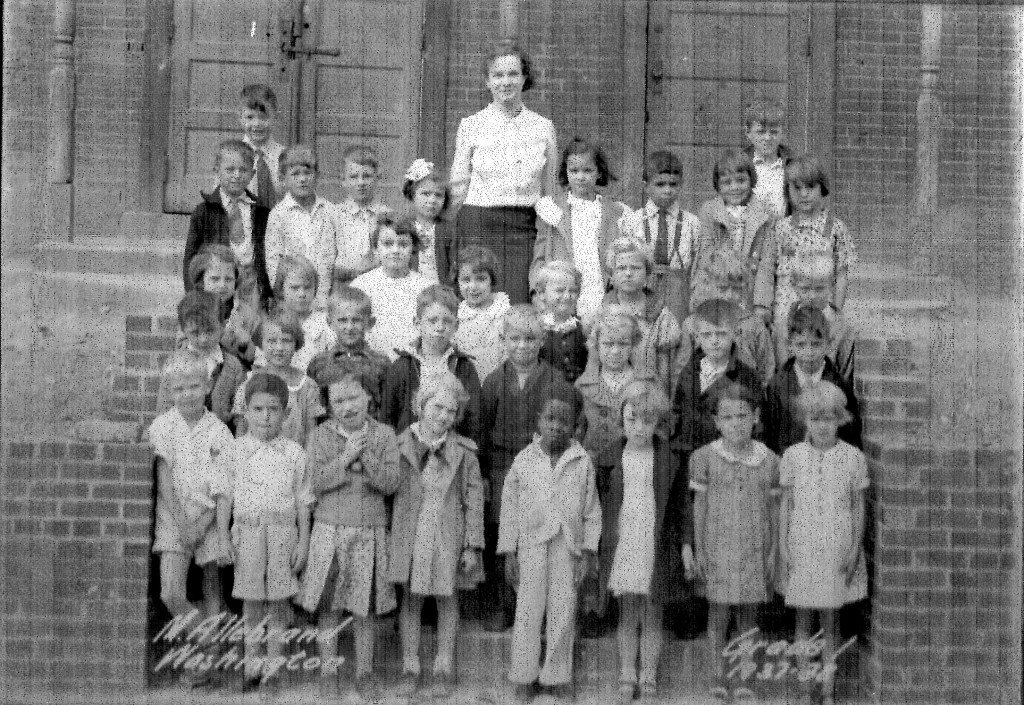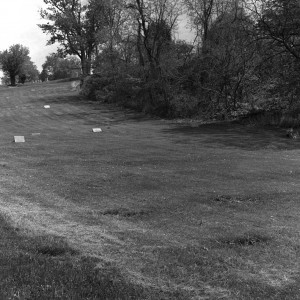Forty-eight years ago today, the pianist Conrad Yeatis “Sonny” Clark died of a heroin overdose in a shooting gallery somewhere in New York City. He was thirty-one. The previous two nights—January 11 and 12, 1963—he had played piano at Junior’s Bar on the ground floor of the Alvin Hotel on the northwest corner of Fifty-second and Broadway. On Sunday, January 13, the temperature reached thirty-eight degrees in Central Park.
The next thing we know with certainty is that Baroness Pannonica de Koenigswarter, a noted jazz patron, called Clark’s older sister in Pittsburgh to inform her of her brother’s death. Nica, as the baroness was known, said she would pay to have the body transported to his hometown and that she’d pay for a proper funeral.
What is not known, however, is if the body in the New York City morgue with Clark’s name on it was his. Witnesses in both New York and Pittsburgh (after the body arrived there) believed it wasn’t; they thought it didn’t look like Sonny. Some suspected a conspiracy with the drug underground with which Clark was entangled, but, as African Americans in a white system, they were reticent to discuss the matter. It was probably a simple case of carelessness at the morgue, something not uncommon with “street” deaths at the time, particularly when the corpses were African American. Today, there’s a gravestone with Clark’s name on it in the rural hills outside Pittsburgh, where a body shipped from New York was buried in mid-January of that year. How painful it must have been to stay silent and let a funeral proceed, not knowing for sure where Sonny’s body was. His may be one of the thousands of unidentified ones buried in potter’s field on New York’s Hart Island, where Sonny himself dug graves years earlier, while incarcerated at Riker’s Island on drug charges.
Clark’s right fingers on piano keys created some of my favorite sounds in all of recorded jazz. I noticed these sounds for the first time one afternoon in a coffee shop in Raleigh, North Carolina, in the winter of 1999. I walked in, a freelance writer seeking refuge from cabin fever at home. I was working on a magazine article about a Sixth Avenue New York City loft building that was a late night haunt of jazz musicians forty years earlier. Over the next hour, I became transfixed by the relaxed, swinging blues floating out of the house stereo system. The multipierced barista showed me the two-CD case, Grant Green: The Complete Quartets with Sonny Clark. Green was a guitarist from St. Louis with a singing, single-note style that blended beautifully with Clark’s effortless, hypnotic right-hand piano runs. “This is the epitome of cool,” she said. True. It was also smokin’ hot, and I heard a country twang in it. The nineteen tracks were recorded in December 1961 and January 1962 by the Blue Note label, but they weren’t released until many years later, after both Green and Clark were dead.
Clark was born on July 21, 1931, in Herminie No. 2, Pennsylvania, a coal patch a few miles from the bigger company town of Herminie (No. 2 refers to the second mine shaft of the Ocean Coal Company) and about twenty-five miles east of Pittsburgh. On August 2 of that year, his father, Emory Clark, a miner, died of “a lingering illness of tuberculosis,” as indicated in a brief obituary in a local paper. The family called it “black lung,” a casualty of the mine work. Sonny was the youngest of eight kids and was raised by his mother and his older siblings. The 1930 census shows their home surrounded by families from Italy, Poland, Austria, and Russia as well as African Americans from Georgia and Tennessee. This extraordinary mix of people existed in a company village of only a few hundred people. The town had a school, a few places of worship (including a black church), a beer garden, and a company store. There was also a black-owned hotel that hosted some of the most popular weekend dances in the region for African Americans. A small boy (and a small man, too: five-foot-five, one hundred thirty pounds full grown), Sonny began playing piano in the hotel while in elementary school. People marveled at his playing, and he was written up in the famous black paper, the Pittsburgh Courier. His oldest brother, Emory, carried Sonny home on his shoulders after he won a talent show. They skipped rocks across ponds and learned how to make slingshots from roadside weeds and brush. The family’s home was the countryside; Sonny’s parents had met as kids in the country, living across a dirt road from each other in Stone Mountain, Georgia.
My wife, Laurie Cochenour, grew up in Elizabeth Township, about seven miles from Herminie No. 2. For the past decade, I’ve done a bit of research on Sonny Clark each time we visit her family, and Sonny’s two surviving sisters have been helping me. I’ve driven through Herminie No. 2 and found old-timers, black and white, who grew up with him. One of them gave me their second-grade class picture from 1937–38. Sonny is the only black kid in the class. I now have an accordion file full of material. After my biography of W. Eugene Smith, a book on Sonny may follow.

MISS ALLEBRAND\’S FIRST-GRADE CLASS, WASHINGTON SCHOOL, 1937–38, HERMINIE NO. 2, PA. PHOTOGRAPH COURTESY OF BETTY SMITH DOPKOWSKI, WHO IS STANDING TO SONNY CLARK\’S RIGHT.
My interest in Clark grew when I heard him on Smith’s tapes from the Sixth Avenue loft scene. In the wee morning hours of September 25, 1961, while packing to leave for Japan from Idlewild Airport later that day, Smith turned on his tape recorder and let it roll until dawn. He had live microphones in the hallway and stairwell. He captured Sonny and his friend, the saxophonist Lin Halliday, arriving at the building and walking up the bare wood stairs with Lin’s seventeen-year-old girlfriend, Virginia “Gin” McEwan. Sonny and Lin had been playing at the White Whale in the East Village earlier in the evening with bassist Butch Warren and drummer Billy Higgins. Sonny sticks his head in Smith’s door and says to the notorious pack rat, “You’ve got a lot of shit in here.” Smith responds, “I’ve been shitting for a long time.” They laugh. Sonny and Lin then go into the hallway bathroom on the fourth floor and shoot heroin. Smith’s tapes catch Sonny moaning to near unconsciousness. Lin grows anxious and then frightened. He sings to Sonny to try to keep him awake. Earlier that summer, Gin had saved Sonny’s life with amateur CPR after an overdose. But now, when Lin calls out for her—“Gin? Gin? Gin?”—she does not respond; she had already moved somewhere else in the building. The tension in the harrowing scene mounts. How miraculous (and perhaps questionable) that such a moment is caught on plastic reel-to-reel tape, to be heard in real time a half-century later in a digitally transferred file.
Meanwhile, in his room packing for Japan, Smith plays vinyl records of Edna St. Vincent Millay reading her poetry and actress Julie Harris reading Emily Dickinson. (Smith owned the entire Caedmon Records inventory). Over time, Sonny’s dose wears off, and he and Lin shuffle down to the automat for cheeseburgers and milkshakes. For money, they tote several dozen bottles that Smith gave them to redeem for deposits at the grocery store. It’s not clear if Smith ever saw Sonny Clark again. He spent a year in Japan, and Sonny went on to record the great tracks with Grant Green, as well as several other classic Blue Note albums, before dying sixteen months later.
Read the second part of Stephenson’s look back at Sonny Clark here.
See also: “Dorrie Glenn Woodson” and “W. Eugene Smith.”
Sam Stephenson is the author of The Jazz Loft Project. He is currently at work on a biography of W. Eugene Smith for Farrar, Straus and Giroux. Check back soon for more of Stephenson’s dispatches.

You need to be a member of Pittsburgh Jazz Network to add comments!
Join Pittsburgh Jazz Network